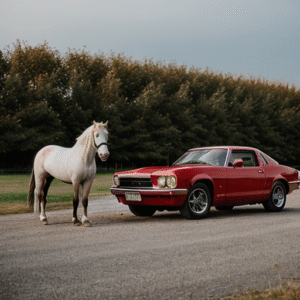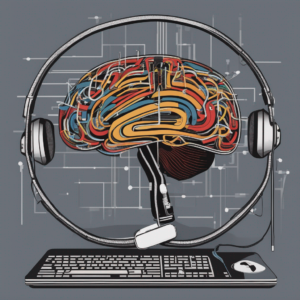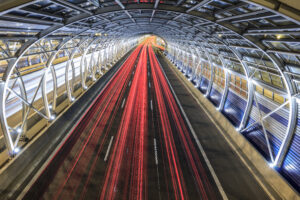Automobile parts can be divided into those that do not generate noise and those that create acoustic phenomena. Most engineers and managers have wondered more than once what causes loudness and how to effectively reduce it.
Development, quality and process engineers dealing with noise issues of the products they manufacture have difficult tasks to solve. They often wonder if it is the process, components, design, environment that is responsible for the excessive sound level. Perhaps the noise depends on customer actions….
The explanation of these phenomena is handled by a vibroacoustics engineer (nvh engineer).
Vibroacoustics (nvh) is a field that combines many aspects of science, such as acoustics, vibration, psychoacoustics, testing, validation, quality, research and development. A vibroacoustics engineer is the person responsible for supporting other engineers in the process of reducing the noise of the parts they produce. A specialist in this field should have a broad knowledge of quality, conduct research and take a creative approach to problem solving.
Research and development vs. serial production
Reducing noise from noisy components can be done either through research and development of the technology used or during serial production. Product development is a specific process, changing design versions and establishing operating conditions can be a problem. At the stage of high-volume production, it can be more difficult and expensive to make drastic changes. Many questions can be answered by a vibroacoustics audit conducted either at a manufacturing plant or at a research and development center.
 |
| Photo 1: Three color-maps showing noise reduction for 3 different solutions (from loudest to quietest) |
During product research and development, expensive prototype parts are often used, and cars are also prototypes. Such cars are not acoustically dampened in series, instead they are prepared for a variety of functional tests. Vibroacoustics engineers working at car manufacturers are currently in the process of developing standards and methodologies for noise assessment. For them, it is good practice to collect data and compare with previous platforms. If a noise problem can be caught in the initial validation phases, the situation is easier because the relevant component can be improved. The final step is to move from the research phase to the production phase. In R&D, a suitable vibroacoustic process can be put in place to guarantee acceptable noise levels in series production. Vibroacoustics at this stage can significantly reduce the cost of noise reduction, compared to activities at later stages.
During the production phase, automotive companies choose the worst option for noise reduction – scrapping noisier parts. As a result, both the supplier and the manufacturer of a given car model incur huge costs depending on the life of the product and the volume of production. This is because some suppliers listen to finished components in the serial process. Operators do this by putting their ear to the finished component coming off the production line. Subjective listening carries a lot of risk, it is very easy to keep good parts while defective ones go to the customer. Ultimately, the transaction can end in a complaint, or even a stop in production.
Solution
The solution to these problems is to introduce the vibroacoustics process into serial production. The first stage of the work is data collection and analysis. It involves preparing recordings and listening to loud and quiet parts. It is important to learn about their manufacturing process and the history of customer complaints in the noise area. This step ends with determining noise levels acceptable to the customer (references). Reference parts will be useful in checking complaints and for checking the manufacturing process.
The second step is to set up an end-of-line quality process and add a vibroacoustics component. There is a full range of possibilities as to the tools used, the most common is to use a vibration sensor. The purpose of this selection is to 100% guarantee that the customer’s expectations are met with regard to noisy parts.
 |
| Photo 2: Setting noise level limits in series production |
To sum up all the considerations, automotive development is forcing increasing pressure to reduce emissions. One option for improving environmental conditions is weight reduction. This is obvious from the point of view of the basic laws of physics. This does not produce positive results in every area of the car, so automakers sometimes have to work hard to combat unwanted noises. To effectively prevent them, suppliers should use appropriate vibroacoustic methodologies and processes in the supply chain. This work will look different at each customer; no two solutions are identical. Often a small change made by a vibroacoustics engineer (nvh engineer), leads to a reduction in noise levels….
What cooperation looks like:
- I contact to specify the scope of work (free online meeting).
- We sign a confidentiality agreement (NDA).
- I conduct an audit or site visit to prepare a bid.
- We discuss the bid.
- I perform the commissioned task.
- I prepare a report and/or presentation.
- I discuss the results in front of the client (including the end client).
- I gather feedback for social media content creation. (optional)
- I maintain contact also after the cooperation is over.




